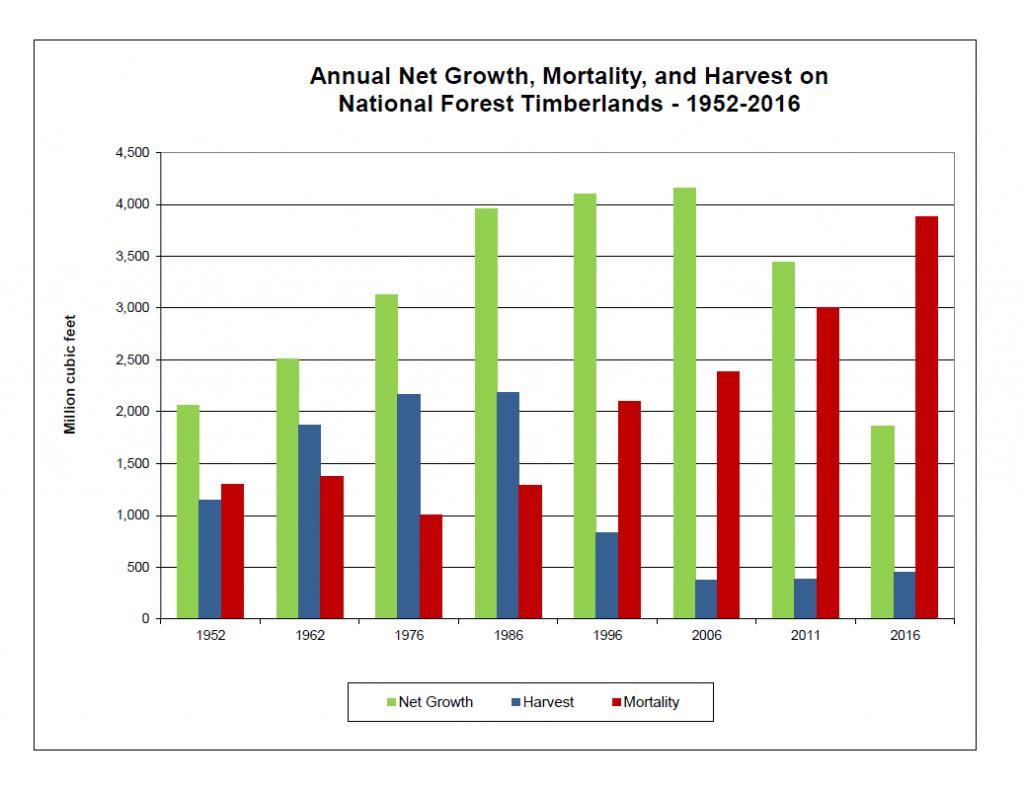Intermountain Forest Association
Hot Topics.
Here’s a list of new and hot topics in the forest and timber industries. Click on the links below to read more.
Fire Funding
The March 2018 Omnibus Appropriations bill included provisions to reform the way the Federal government funds wildfire suppression, as well as some badly needed forest management reforms.
“In the wake of last year’s devastating megafires, today’s agreement is an absolutely essential step toward reducing fire threats and improving the safety of local communities by restoring the health of America’s forests,” said Collin O’Mara, president and CEO of the National Wildlife Federation, in a statement.
The spending bill, which provides funding for Forest Service activities for the remainder of FY 2018, includes management reforms including a new legislated CE, expansion of action/no action to new project types, a fix to the Cottonwood case, amendments to Good Neighbor Authority to allow road repairs, and 20-year Stewardship Contracts for certain forest types. The fire funding provisions address the growth of the 10-year average and provide emergency funds for fire expenses above the capped 10-year average.
The new fire suppression funding mechanism will adjust funding caps to accommodate firefighting needs and end the need for regular fire borrowing from non-fire accounts at the Forest Service and Interior Department. It also provides a budget cap adjustment for wildfire starting in FY 2020 at $2.25 billion, which increases to $2.95 billion in FY 2027. Further, the legislation freezes the wildfire suppression line item at the Forest Service at the FY15 level, to stop the slow migration of non-fire funding to the fire programs at the beginning of each fiscal year. This budget cap comes into effect in FY 2020. For FY 2018 and 2019, the bill provides $1.946 billion in fire suppression funding, to be allocated to the Department of Interior and the Forest Service. If this funding, which is $500 million above the current 10-year average, proves insufficient, the Congress will have to provide additional emergency spending.
Forest Health
The Forest Service has recently published maps that display Insect and Disease Risk and Wildland Fire potential. These maps reinforce the seriousness of the forest health problems in our national forests, and the importance of ramping-up proactive forest management.
- The Forest Health Protection Team has completed the 2013 – 2027 National Insect and Disease Risk Map; a nationwide strategic assessment and geospatial database of the potential hazard for tree mortality due to major forest insects and diseases. With more than 120 online and downloadable maps representing 43 agents acting on over 60 tree species, the map provides a unique window into the future and affords an opportunity to prioritize investment for areas where hazard is significant and effective treatments can be efficiently implemented.
- The Assessment predicts that, without remediation, 25% or more of standing live basal area will die on 71.7 million forested acres over the next 15 years due to insects and disease. The Executive Summary and maps on pages ii – v of the Assessment are a good overview.
- The wildland fire potential (WFP) map is produced by the USDA Forest Service, Fire Modeling Institute for long-term strategic planning and fuels management at regional and national scales. This map provides valuable information for discussing regional and national strategies, forest planning, the National Restoration Strategy, funding, and so on.
The graph below illustrates trends of net growth, mortality, and harvest of National Forest lands since 1952. Data is compiled from Forest Inventory and Analysis measurement plots systematically spread across the United States. These trends visualize the dramatic decline of timber harvested from National Forests accompanied by a tremendous increase in mortality from insects epidemics and catastrophic wildfires.
Importantly, mortality has surpassed growth setting our National Forests up to play a larger role in climate discussions as they turn from carbon sinks to carbon sources. This doesn’t necessarily reflect a change in gross growth on National Forests but exemplifies the extent of mortality occurring on National Forests. Active forest management can reduce mortality from insect epidemics and wildfires, and capture and store carbon as wood products put into service.
Implementation of 2014 Farm Bill
The 2014 Farm Bill contained several important forestry provisions, including:
- Permanent stewardship contracting authority
- A requirement for new fire liability provisions in stewardship contracts
- Repeal of the Appeals Reform Act
- Authority for Designation by Description (DxD) and Designation by Prescription (DxP) for Forest Service timber sale projects
- Expanded HFRA authority for areas with insect and disease threats, including a 3,000 acre categorical exclusion
- Authorization of $200 million to implement the expanded HFRA authority
- A prohibition on EPA permits for forest roads
- Expansion of Good Neighbor Authority to all national forest or BLM lands
IFA is monitoring the Forest Service’s implementation of those provisions. Click here to read the Forestry Provisions from the 2014 Farm Bill.

